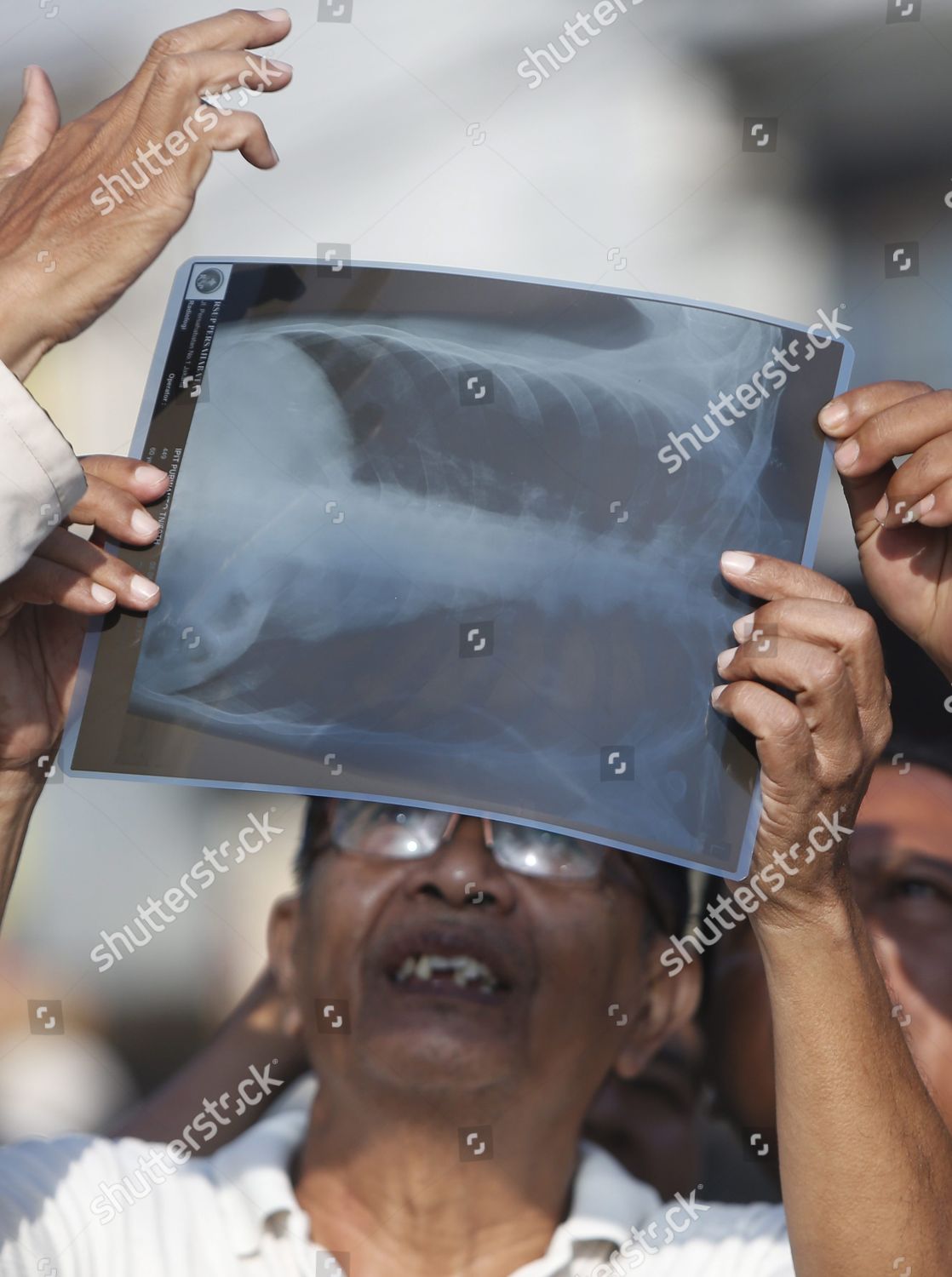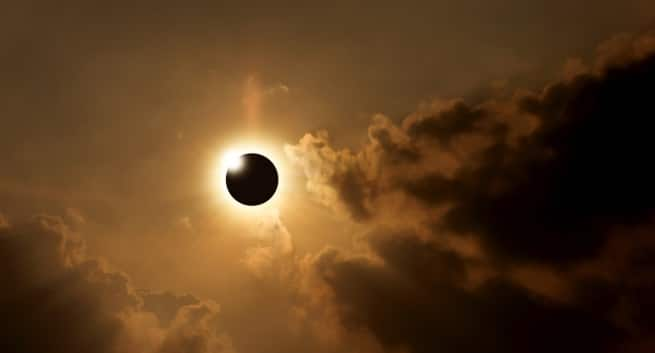With the solar eclipse coming up on August 21, 2017, many people are wondering if they need to get special x-ray film to protect their eyes. The short answer is no, regular x-ray film will not protect your eyes from the sun’s rays. However, there are some special solar eclipse glasses that will help protect your eyes.
As the world gears up for the 2017 solar eclipse, many people are wondering what kind of gear they need to properly view and photograph the event. One essential piece of equipment is X-ray film.
X-ray film is made of a material called polyester base, which is very thin and transparent.
This makes it perfect for solar eclipse photography, as it will allow you to capture the event without having to worry about the film blocking your view.
Another benefit of using X-ray film is that it is already coated with an anti-halation layer. This layer helps to prevent the formation of halos around the sun, which can ruin your photos.
So, if you’re planning on photographing the solar eclipse, be sure to pick up some X-ray film to help you capture the perfect shot!
Solar Eclipse (with X-ray film)
Can You Look at a Solar Eclipse With Photo Negatives?
Can You Look at a Solar Eclipse With Photo Negatives?
A solar eclipse is an event that occurs when the moon passes between the sun and the earth, and the moon blocks the sun’s light from reaching the earth. During a solar eclipse, the moon casts a shadow on the earth, and people who are in the path of the shadow can see the moon’s shadow on the ground.
Photo negatives are made of film that is sensitive to light. When light hits the film, it causes the film to darken. This is how photographs are taken.
So, can you look at a solar eclipse with photo negatives? The answer is yes, but you should be very careful. Looking at the sun with your naked eyes can damage your eyesight, and looking at the sun through a photo negative will magnify the sun’s light and make it even more harmful.
If you want to safely view a solar eclipse, you can use a pinhole camera. A pinhole camera is a simple camera that you can make yourself. It does not use a lens, but instead, has a small hole in the front.
Light passes through the hole and projects an image of the eclipse onto a piece of paper or cardboard placed behind the hole.
If you use a photo negative to view a solar eclipse, be sure to cover the negative with a piece of dark cloth or paper so that you don’t accidentally damage it. And, as always, be sure to protect your eyes when looking at the sun.
Can You Record a Solar Eclipse?
Yes! You can record a solar eclipse with a digital camera, a smart phone, or a DSLR camera. But, you MUST use a solar filter to protect your eyes and camera sensor.
Here are some tips for taking photos of a solar eclipse:
-Use a tripod to keep your camera steady.
-Put your camera in manual mode so that you can control the exposure and aperture.
-Start with a low ISO (100-200) and a low aperture (f/8-f/16)
-As the eclipse progresses, you can increase the ISO and open the aperture to let in more light.
-A solar eclipse happens quickly, so take a LOT of photos!
-Check your camera’s LCD screen often to make sure you’re getting the shots you want.
-Have fun!
Can Sunglasses Be Used to Watch Solar Eclipse?
Yes, sunglasses can be used to watch a solar eclipse, but there are a few things to keep in mind. First, ordinary sunglasses will not provide sufficient protection from the sun’s harmful rays. Second, even sunglasses that are specifically designed for solar eclipse viewing should not be used for more than a few minutes at a time.
Finally, it is important to make sure that the glasses fit snugly against your face so that no light can enter through the sides.
Can You Film an Eclipse?
Yes, you can film an eclipse. In fact, filming an eclipse can be a fun and exciting way to share the experience with others.
There are a few things to keep in mind when filming an eclipse, though.
First, you’ll need to use a filter to protect your camera’s sensor from the intense light. Second, you’ll need to use a tripod to keep your camera steady during the long exposures required to capture the eclipse.
Finally, you’ll need to practice beforehand to make sure you know how to use your camera and equipment to get the best possible results.
With a little planning and practice, you can capture amazing eclipse footage that you’ll be able to share with others for years to come.

Credit: www.shutterstock.com
Solar Eclipse Glasses
On August 21, a total solar eclipse will be visible across the United States. This is the first time in 99 years that a solar eclipse will be visible across the entire country! If you want to view the eclipse, it is important that you take precautions to protect your eyes.
Looking directly at the sun, even during an eclipse, can cause permanent damage to your eyes. The only safe way to look directly at the sun, even during an eclipse, is through special-purpose solar filters, such as “eclipse glasses” or handheld solar viewers. Homemade filters or ordinary sunglasses, even very dark ones, are not safe for looking at the sun.
If you are within the path of totality, remove your eclipse glasses or solar viewer only when the moon completely covers the sun’s bright face and it suddenly gets very dark. Experience totality, then, as soon as the bright sun begins to reappear, replace your eclipse glasses or solar viewer to look at the remaining partial eclipse.
Outside the path of totality, you must always use eclipse glasses or a solar viewer when looking at the sun.
Eclipse glasses and handheld solar viewers should have certification information with a designated ISO 12312-2 international standard. You can find eclipse glasses and handheld solar viewers at many stores or online.
If you use eclipse glasses or a handheld solar viewer, inspect it before use.
If it is scratched or damaged, throw it away. Read and follow any instructions printed on or packaged with the product.
Always supervise children using eclipse glasses or handheld solar viewers.
Pointing at the sun is not safe, even through eclipse glasses or handheld solar viewers.
Do not look at the uneclipsed or partially eclipsed sun through an unfiltered camera, telescope, binoculars, or other optical device. If you are within the path of totality, remove your eclipse glasses only when the moon completely covers the sun’s bright face and it suddenly gets very dark.
Experience totality, then, as soon as the bright sun begins to reappear, replace your eclipse glasses.
What is a Solar Eclipse
A solar eclipse occurs when the moon passes between the sun and the earth, blocking out the sun’s rays and casting a shadow on the earth. This can happen only during a new moon, when the sun and moon are in alignment.
A solar eclipse is a spectacular event that is visible from a small area on earth.
It is a rare event that has been the subject of myths and legends throughout history.
A solar eclipse can be total, partial, or annular. A total solar eclipse is when the sun is completely blocked by the moon.
A partial solar eclipse is when the sun is only partially blocked. An annular solar eclipse is when the moon is too far away from the earth to completely block the sun, so the sun appears as a ring of light around the moon.
A solar eclipse is a safe event to watch, but it is important to use proper eye protection, such as eclipse glasses or a solar filter, to avoid damage to your eyes.
The next total solar eclipse will occur on August 21, 2017. It will be visible in a small band across the United States.
Whens the Next Solar Eclipse
The next solar eclipse will occur on Tuesday, August 21, 2017. This eclipse will be a total eclipse, visible in a path across the entire United States. It will be the first total eclipse visible in the contiguous United States since the eclipse of June 8, 1918.
Conclusion
On August 21, 2017, millions of people across the United States will be able to witness a total solar eclipse. While this event is certainly cause for excitement, it’s important to remember that staring directly at the sun, even during an eclipse, can be extremely harmful to your eyes.
One way to safely view the eclipse is by using x-ray film.
This type of film is typically used in medical imaging, but it can also be used to create eclipse glasses. To make your own eclipse glasses, simply cut two pieces of x-ray film to the size of a standard sheet of paper. Tape the two pieces of film together at the top, and then punch a hole in the center of the film.
Put the film over your eyes like a pair of glasses, and you’ll be able to safely view the eclipse.
If you don’t have access to x-ray film, you can also use a number 14 welder’s glass. This type of glass will also protect your eyes while allowing you to view the eclipse.
Whatever method you choose to view the eclipse, it’s important to remember to never look directly at the sun, even during an eclipse. By using x-ray film or a welder’s glass, you can safely enjoy this once-in-a-lifetime event.
